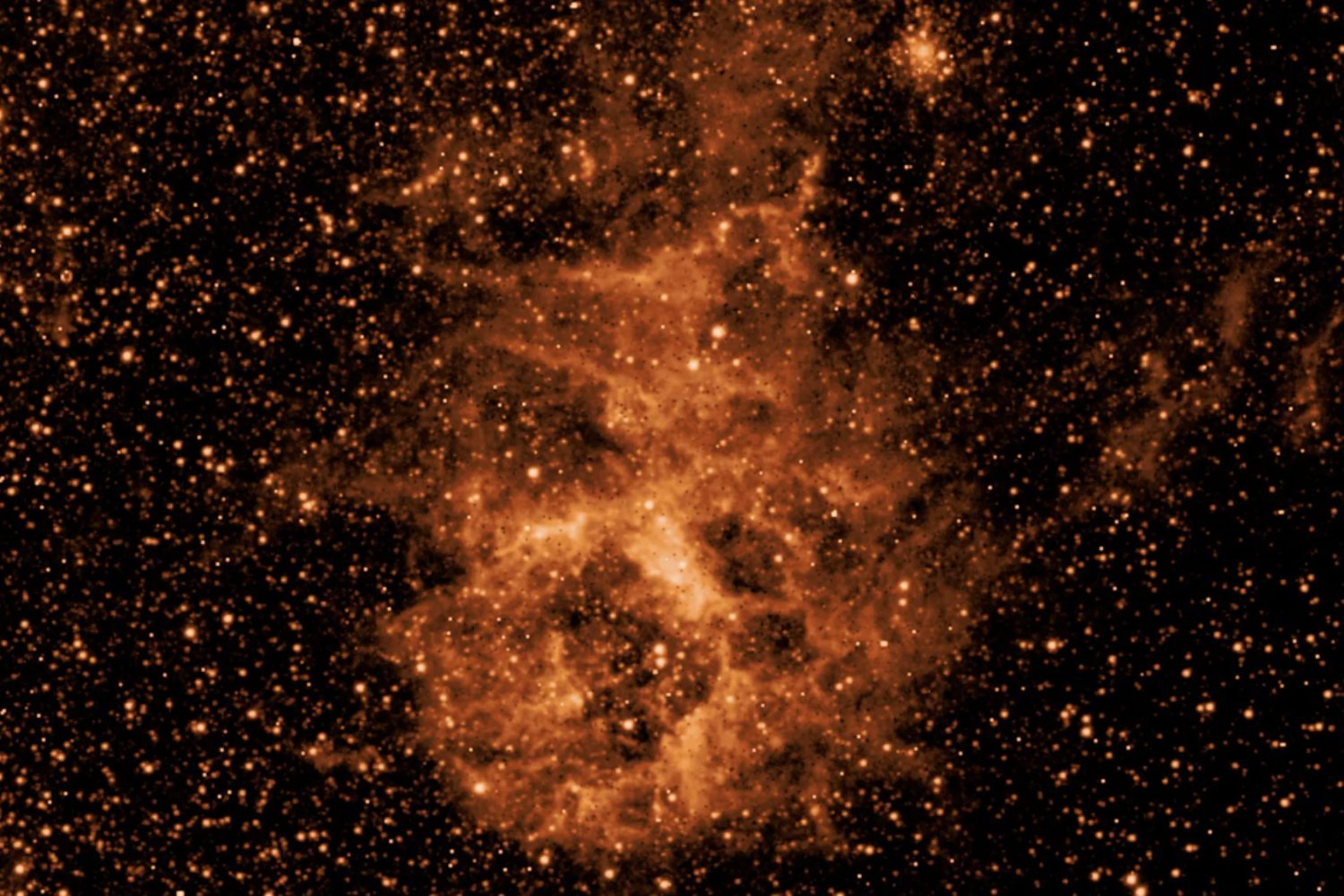The newest space-based observatory of NASA has officially commenced its regular science operations, with the primary objective of creating a comprehensive map of the universe.
Following a six-week calibration phase, the Spectro-Photometer for the History of the Universe, Epoch of Reionization, and Ices Explorer, abbreviated as SPHEREx, has initiated its two-year mission to generate an ultra-detailed, full-sky map of the universe.
Launched in early March, after experiencing some delays, the space observatory is currently capturing 3,600 infrared images daily. These images collect light at wavelengths invisible to humans, containing evidence of cosmic objects and events dating back to the universe’s dawn.
Unlike some telescopes that focus on a specific patch of sky, SPHEREx will observe the entire celestial sphere, completing a sweep of it every six months. As it orbits Earth roughly 14 times a day, it scans a fresh strip of our Milky Way and beyond each time. Equipped with six detectors that split light into 102 infrared colors, SPHEREx will make over 9 million observations of interstellar clouds in our galaxy throughout its lifetime.
Using these infrared images, scientists aim to answer fundamental questions, such as how the universe expanded rapidly in the first instances after the Big Bang. SPHEREx will search for the faint fingerprints of that expansion hidden in the positions of galaxies across the sky.
According to Jim Fanson, the mission’s project manager at NASA’s Jet Propulsion Laboratory, in a NASA statement, “We’re going to study what happened on the smallest size scales in the universe’s earliest moments by looking at the modern universe on the largest scales. I think there’s a poetic arc to that.”
In addition, using spectroscopy, SPHEREx can break down the light from distant galaxies, star-forming clouds, and dusty regions of the Milky Way to reveal their composition. This will provide insights into how essential ingredients for life, such as water and organic molecules, are distributed throughout the universe.
Principal investigator Jamie Bock stated in the same release, “The performance of the instrument is as good as we hoped. That means we’re going to be able to do all the amazing science we planned on and perhaps even get some unexpected discoveries.”
SPHEREx will be the first mission to map the sky in numerous colors. Over the course of its two-year mission, the hundreds of thousands of images taken will be combined into four all-sky maps, which could help researchers understand the origins and evolution of the universe.
Source Link





